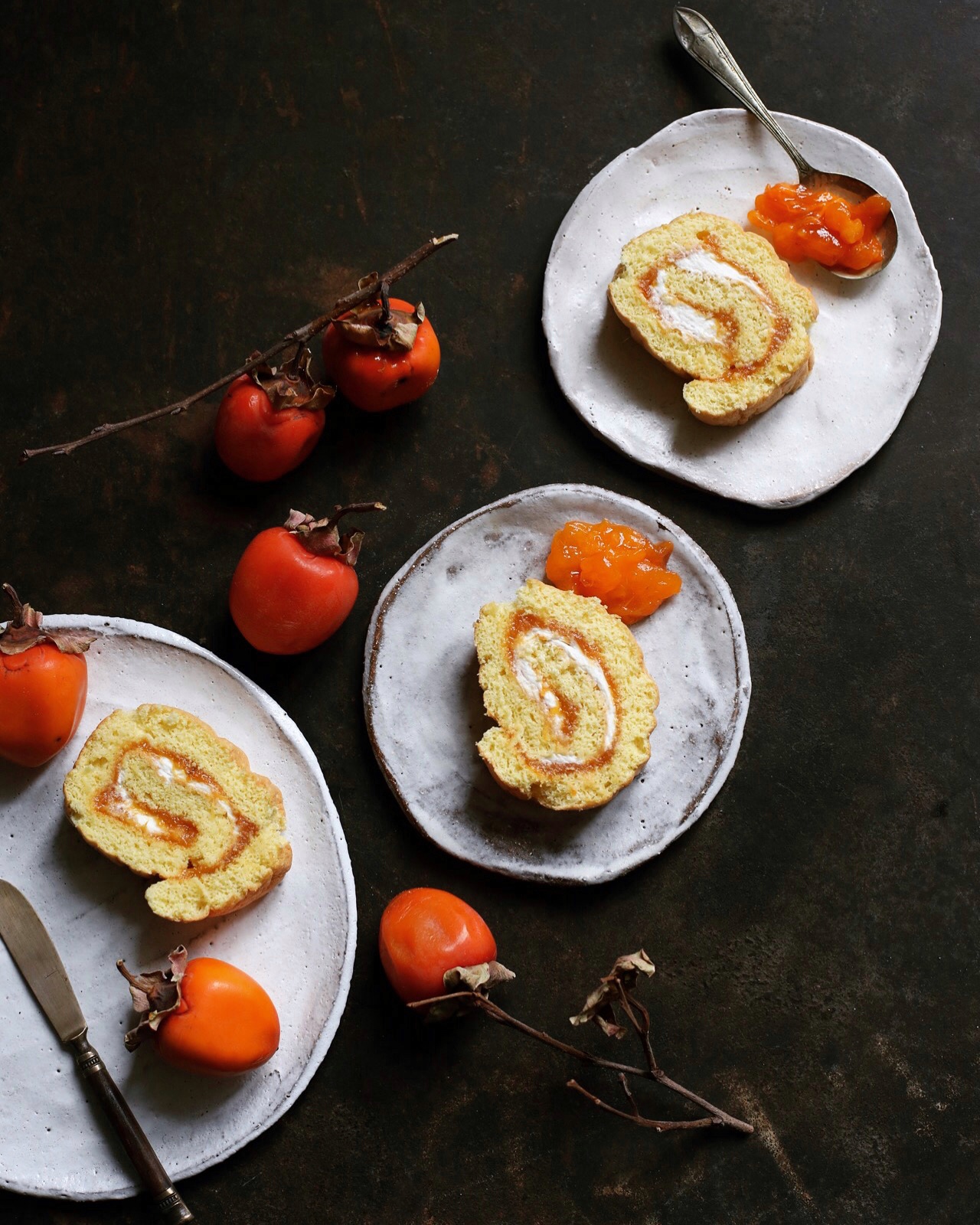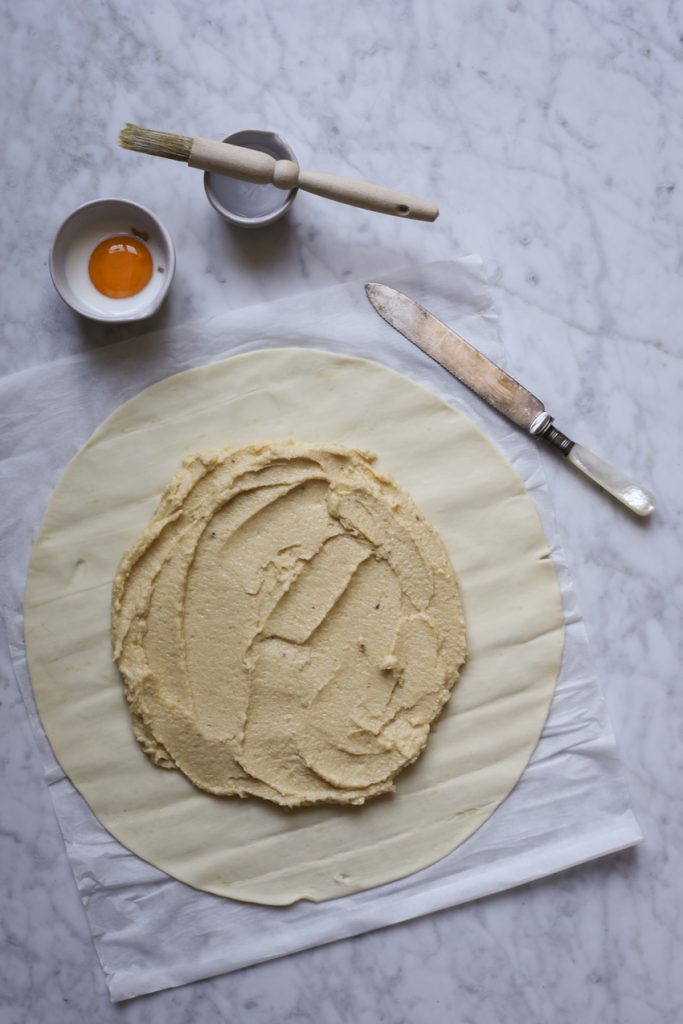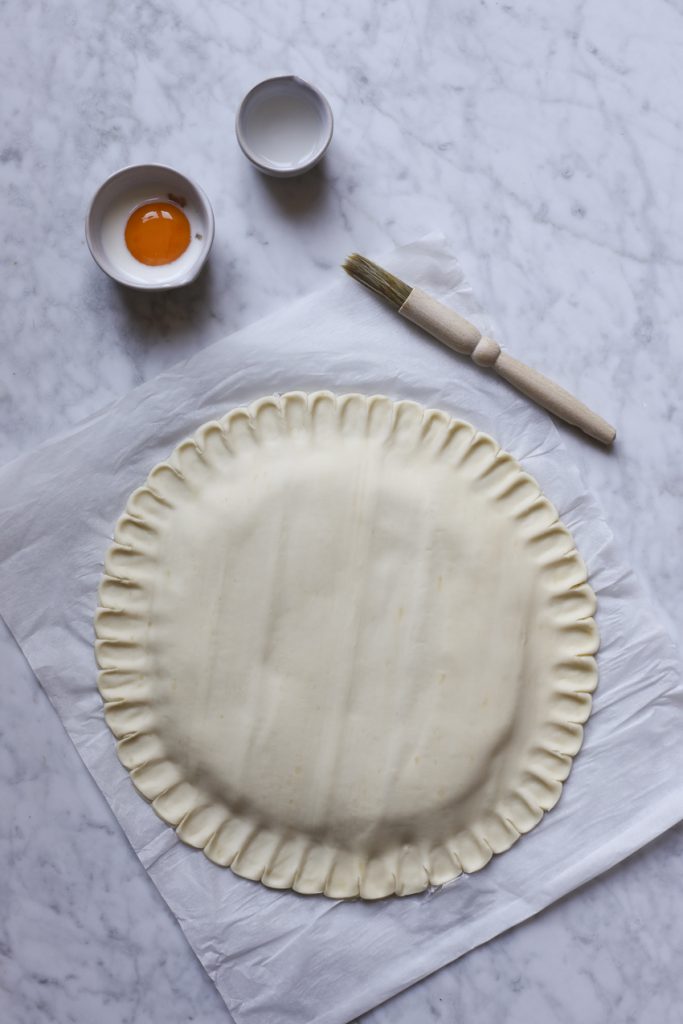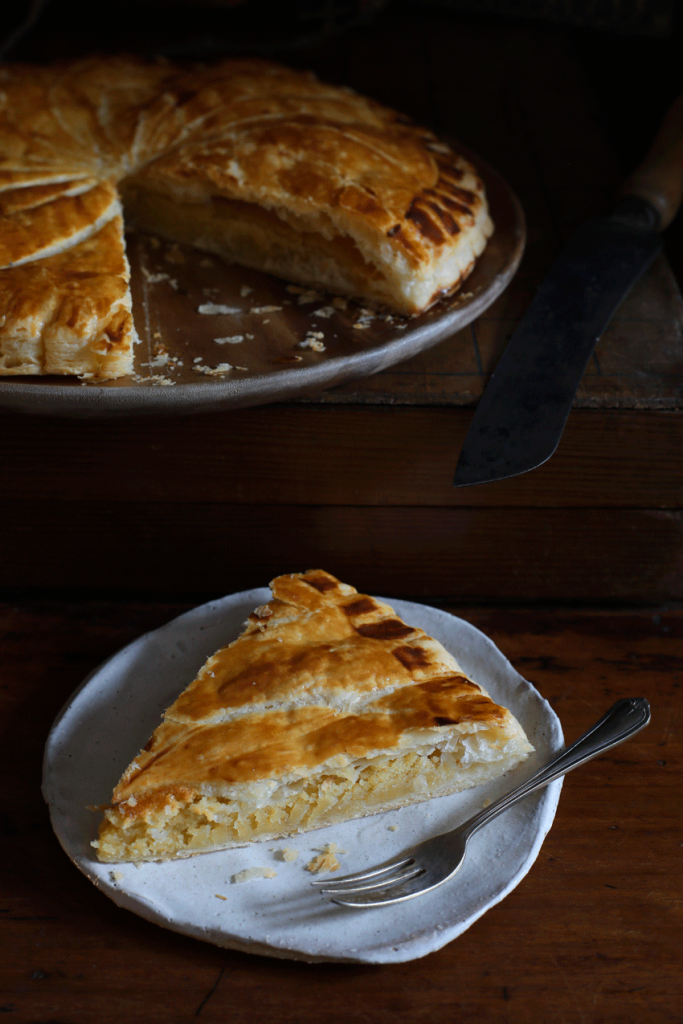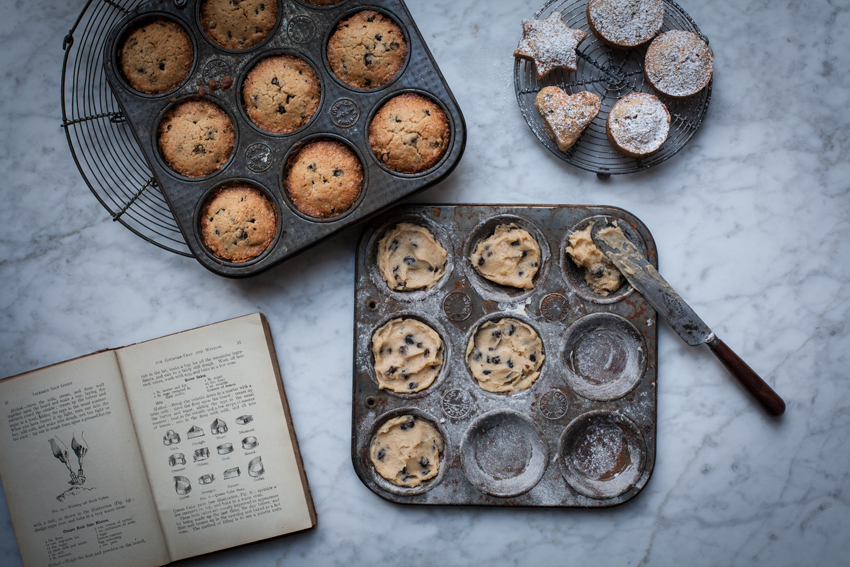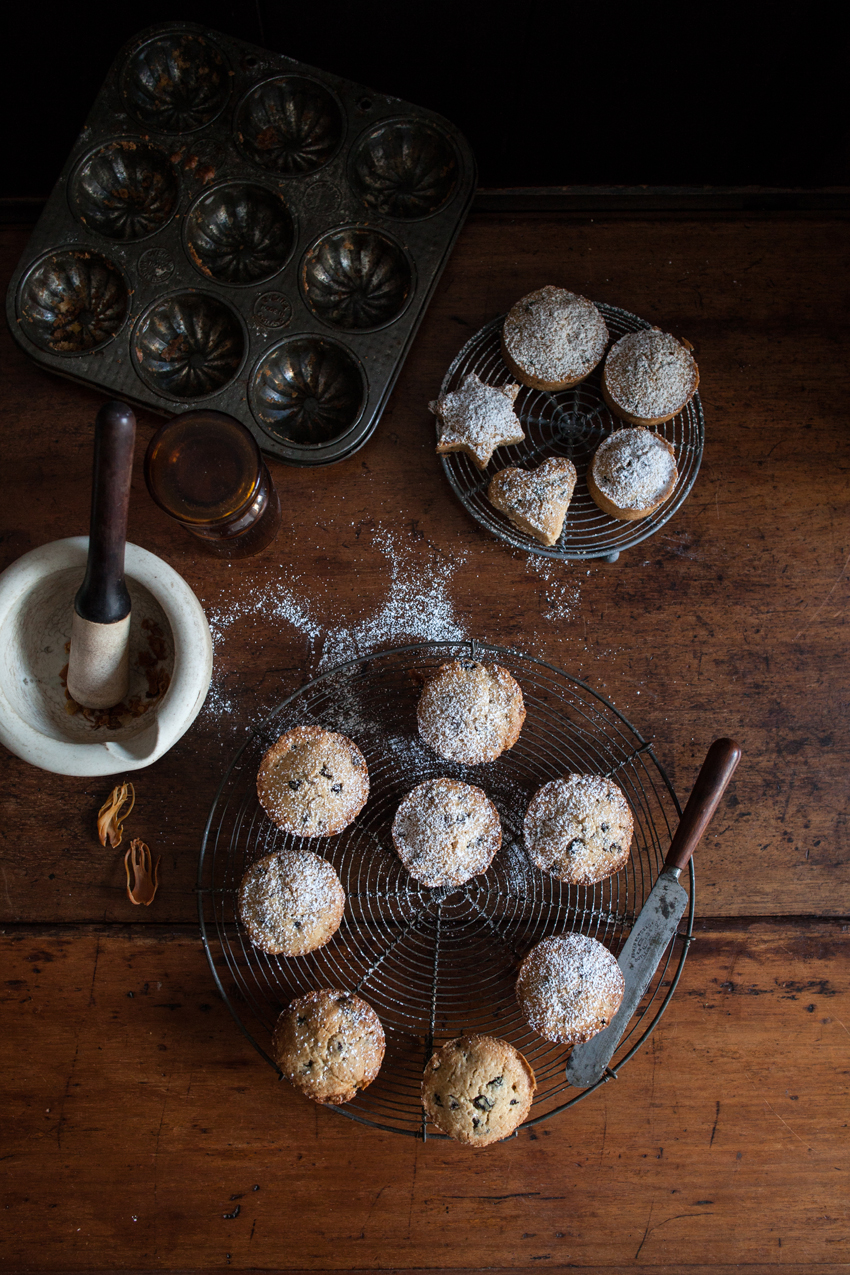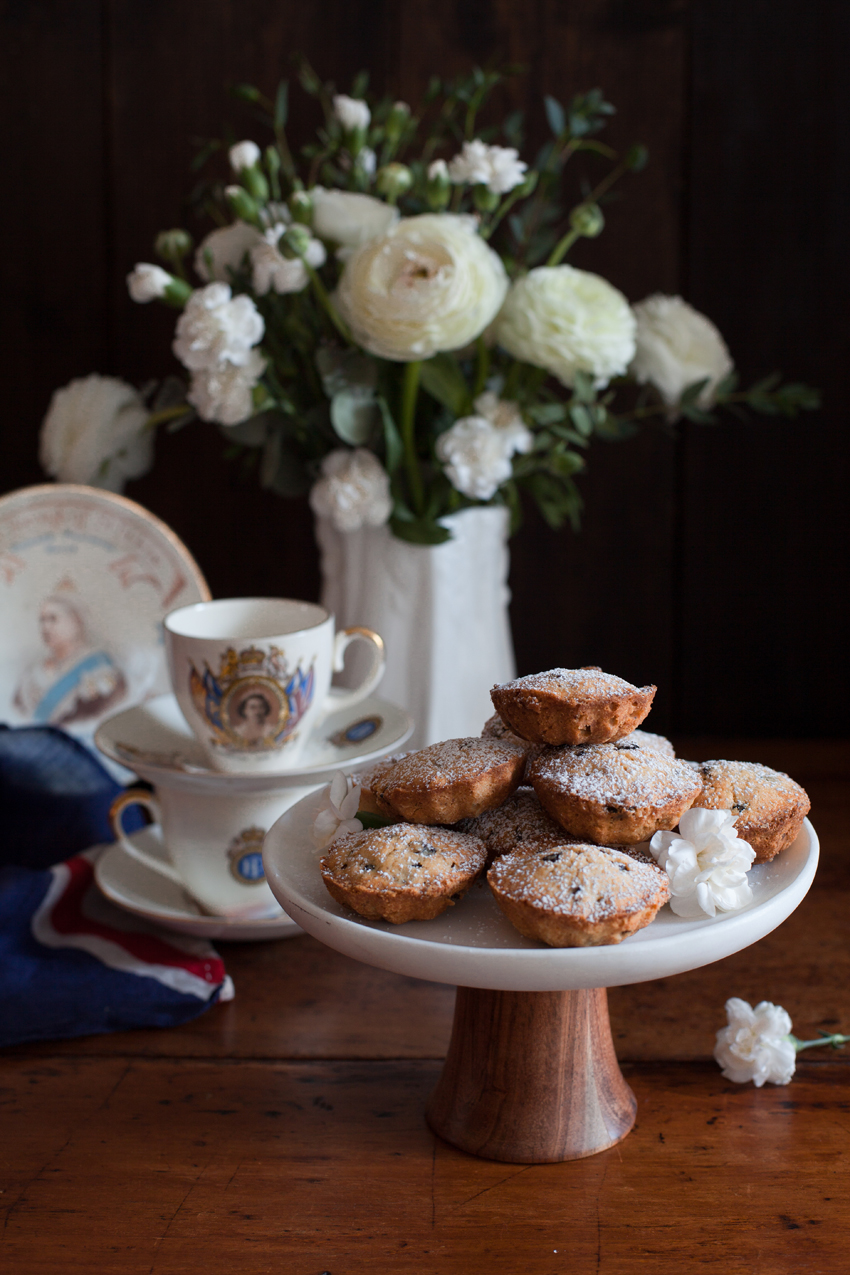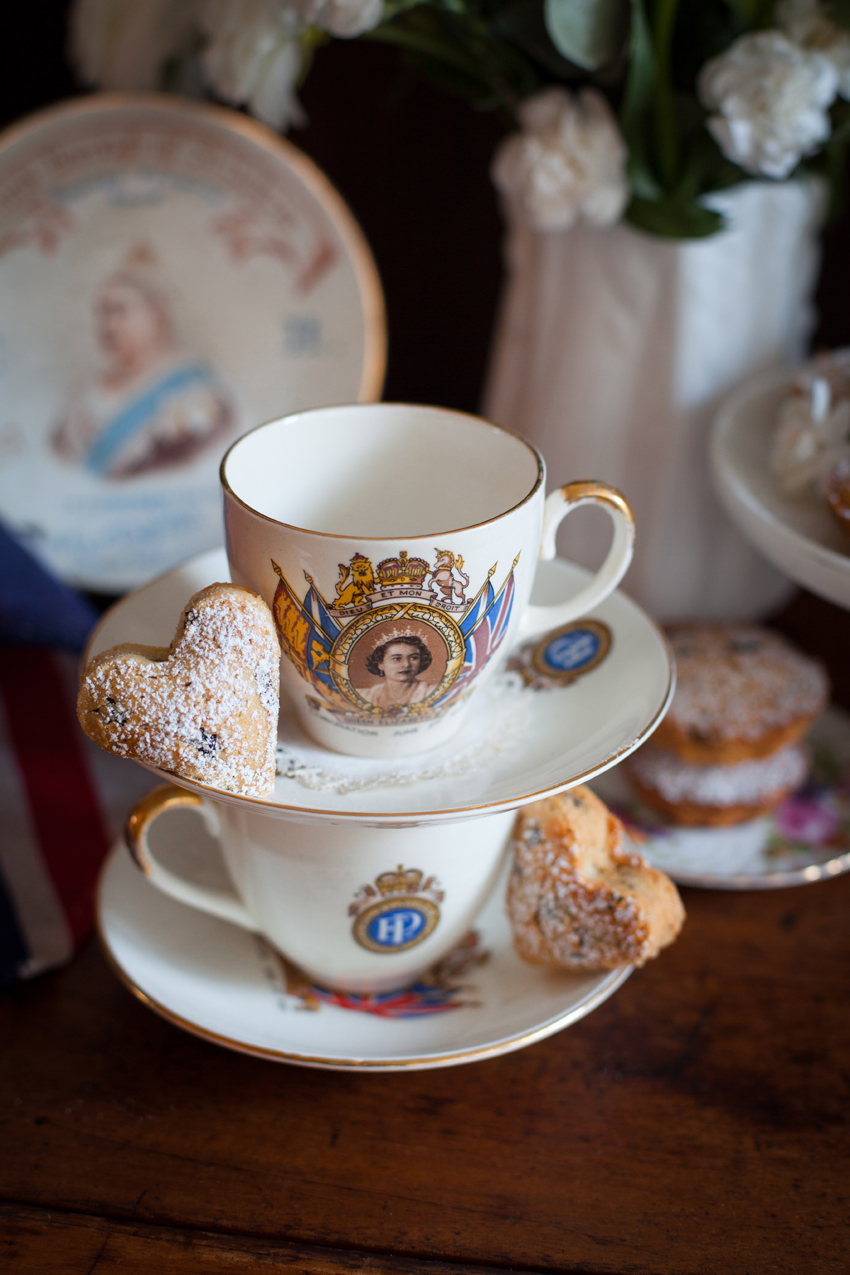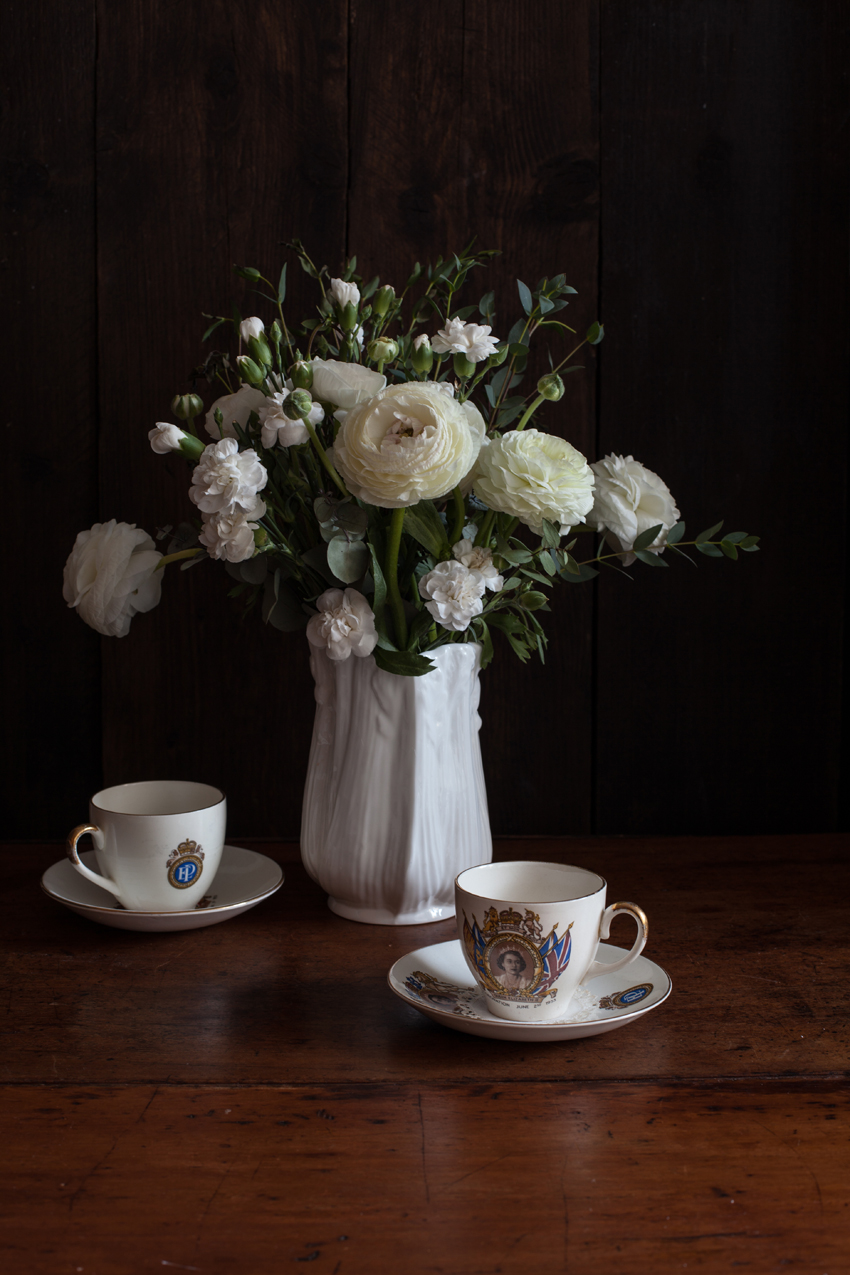The post Persimmon roll cake appeared first on Miss Foodwise.
]]>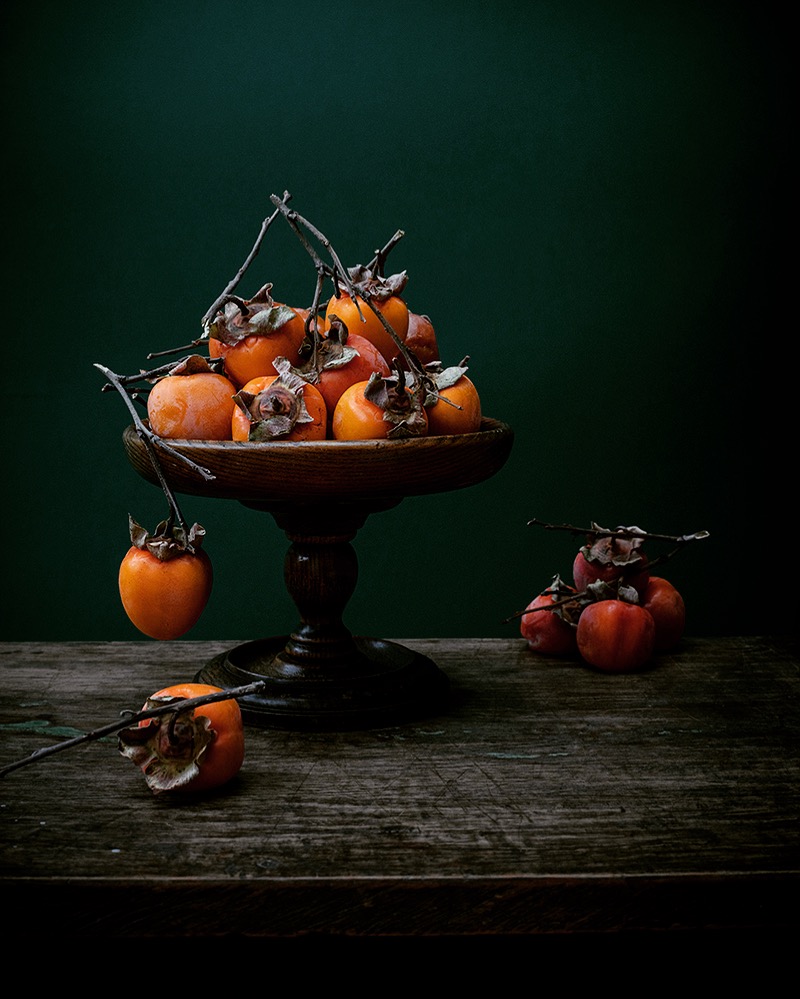 Turns out I’ve never experienced a persimmon in its prime. Doubtful about the overly ripe state of my bunch I was assured that this is how a persimmon should be eaten. Carefully cutting into the skin and scooping out the jammy flesh. A whole new world of persimmon opened… how on earth have I never tasted a ripe specimen before? I like them quite hard, eaten pared like a peach but this is something else. It opens up so many possibilities. The flesh scooped on thick yoghurt or even a creamy dessert or ice cream.
Turns out I’ve never experienced a persimmon in its prime. Doubtful about the overly ripe state of my bunch I was assured that this is how a persimmon should be eaten. Carefully cutting into the skin and scooping out the jammy flesh. A whole new world of persimmon opened… how on earth have I never tasted a ripe specimen before? I like them quite hard, eaten pared like a peach but this is something else. It opens up so many possibilities. The flesh scooped on thick yoghurt or even a creamy dessert or ice cream.A thick jam to spread on toast, eat with a good blue cheese or use as a filling for a light sponge cake.
American readers have told me their mothers used to make persimmon pudding and persimmon biscuits. Possibilities with persimmon are plenty, that is if you have the patience to let the orange baubles ripen enough for them to almost burst.
Having received a bunch of persimmon as a gift, the fruit still beautifully attached to their wilted branches, I wanted to make the most of this little crop.
First there was the joy and amazement to scoop out the flesh and eating straight from its incredibly thin yet leathery skin. Then there was indeed the splash of colour it brought to my morning skyr. And then there had to be cake, shared with friends and the lucky plasterers at work in my new studio kitchen downstairs. The English love a roll cake, maybe even more than anywhere else in the world, usually with strawberry or raspberry jam with or without cream or with fresh rasberries and strawberries. This cake recipe is wonderfully fluffy, it might sound like a faf to first make a merengue but really if you have one of those big mixers this recipe is a walk in the park. You do need a swiss roll tin or you’ll have to improvise. Happy baking!
Persimon roll cake
What do you need
Thick persimmon jam
You only need about 4 tablespoons of jam
Equal amounts of persimmon flesh to jam sugar
Whipped cream
- 200 ml of double cream (min 40% fat)
- 1 tablespoon of sugar
Swiss roll batter
- 4 eggs, separated
- 100g caster sugar
- Grated zest of 1 lemon
- 45g plain flour
- 45g semolina (or cornflour)
- Pinch of salt
Make the jam as you would normally do, scooping the flesh from the ripe fruit. Let the jam cool.
Preheat your oven to 220°C
Make the roll cake, normally I’d use organic corn flour but in this case I wanted a more yellow cake so used semolina flour instead. You can of course use cornflour instead.
Line a swiss roll tin with baking paper and sprinkle with caster sugar. To make the sponge, whisk the egg whites in a large bowl until they form stiff peaks. Add in the caster sugar, a teaspoon at a time, until you have a meringue. Add a teaspoon of meringue mixture to the egg yolks, add the zest and whisk together. Then add the egg yolk mixture to the meringue and mix well. Sift the flour, then fold the flour and cornflour into the meringue, making sure it is well mixed but keeping in as much air as possible. Scoop the batter into the swiss roll tin and level the surface with a spatula. Bake for 6–8 minutes until pale golden.
Whip 200 ml of double cream (min 40% fat) with 1 tablespoon of sugar
Turn out the sponge on to a sheet of baking paper, trim the sides, then roll up and set aside for a few minutes. Unroll the sponge, spread with the jam and dollop the whipped cream on to the sponge then roll up to end with the seam on the bottom.
Serve immediately as it is or with a scoop of fresh persimmon flesh on the side.
The post Persimmon roll cake appeared first on Miss Foodwise.
]]>The post Galette Des Rois and other food celebrations appeared first on Miss Foodwise.
]]>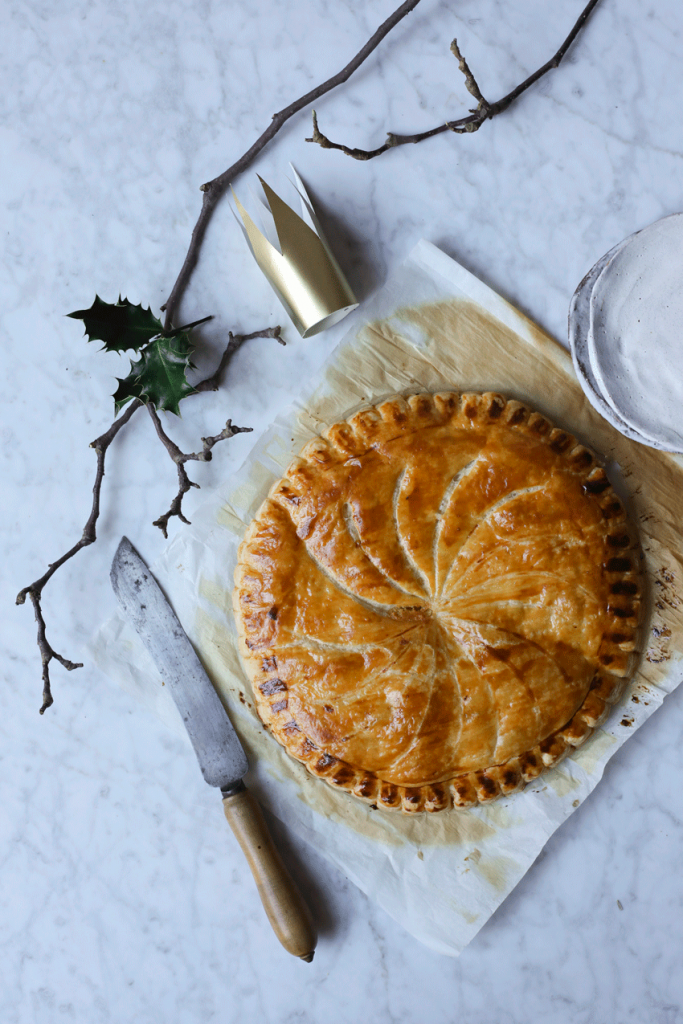 I hope you all had a wonderful Christmas if you celebrated it, and I wish you a smashing new year! There are lots of exciting things to come of which I will tell you more very soon but until then…
I hope you all had a wonderful Christmas if you celebrated it, and I wish you a smashing new year! There are lots of exciting things to come of which I will tell you more very soon but until then…
Since in the previous years I told you about English Epiphany or Twelfth Day celebrations, I thought I’d share the tradition of my side of the English channel with you today.
Like the Twelfth cake of which I wrote two years ago (see the post here), in my region we also have a cake, or tart with a hidden bean, coin or trinket.
It is called a ‘Three Kings Tart’ or ‘Driekoningentaart’, a puff pastry pie filled with the most satisfying almond filling which is when made well – addictive. If you find the bean or trinket in your piece of tart you are king for the day and the crown is all yours. To my regret I never found a bean in my piece of tart until two years ago. Oh the disappointment when I was a little girl, the frustration that it was always one of the adults who got the crown! I mean, they should have hidden it in my piece, shouldn’t they?? Traditionally the children would go out to sing from door to door for sweets and money, dressed up like the three kings.
We sadly haven’t got a traditional drink like the Lambswool (see that post here) which comes with the beautiful tradition of ‘wassailing’ which means to feast and run around the orchards to chase away evil spirits and wake up the trees.
I can’t tell you how much I adore this tart and the sight of bakery shop windows filled with ‘Galette Des Rois’ all topped with a festive golden paper crown. It reminds me of the stories I read about children gathering outside the bakery’s shop window to see the magnificent Twelfth Cakes over a century ago. The seasonal bakes that appear in bakeries always make my heart skip a beat. I walk passed Antwerp’s oldest bakery just to see the window display: the large speculoos figurines around Saint Nickolas, the chocolate eggs around Easter, the prune tarts when it’s Ash Wednesday and these terrific ‘Three Kings Tarts’ which the French and our French speaking Belgians call ‘Galette Des Rois’. In France the tarts are also known as Pithiviers, named after the town in the Loiret in the south of Paris, where they allegedly originated from.
This day we celebrate the arrival of the Three Wise Men, Three Kings or the ‘Magi’ visiting the newborn Jesus bearing gifts of gold, frankincense and myrrh. With this occasion the celebrational 12 days of Christmas conclude. Although in Belgium and mostly around Antwerp we have an extra food celebration on monday which is called ‘lost monday’ (lundi perdu or verloren maanday). On this day you eat puff pastry sausage breads (rolls) and apple balls (apples wrapped in puff pastry). There are many explanations about why these items are eaten on the first monday after ‘Driekoningen’ (Three Kings day). Some say this was the day the dock workers went back to work and were treated to a pint in the cafés by the docks by their foremen or employers. The café landlords would serve spicy sausage rolls so the workers would drink more beer, earning them a fair penny. The sausage rolls would not cost the café landlord much because he would buy meat that could not be sold for whatever reason, and the pastry would be made from cheap ingredients, some say also old. Probably leftover from christmas and therefore unsaleable. This theory sounds very possible since the tradition remained strong in Antwerp where we have the port and a a lot – although fading rapidly – dockworkers cafés (pubs). Because the workers were treated to a pint and wouldn’t go back to work afterwards, the day was considered ‘lost’, therefore ‘lost monday’. Another theory is that ‘lost monday’ actually was the day when some city officials took their oath, calling it ‘oath monday’ or ‘verzworen maandag, lundi parjuré. In this case it also means that this was a lost day, a day on which there wasn’t any work done.
After ‘Lost monday’ I already start looking forward to the next food celebration, ‘lichtmis’ or ‘candlemass’ short for this mouthfull: ‘Feast of the Purification of the Blessed Virgin Mary and Feast of the Presentation of our Lord Jesus’. This catholic feast with pagan roots is celebrated on the 2nd of februari and this when we eat pancakes. The saying goes “On Candlemass no woman is too poor to heat her pan” – obviously it sounds better in Flemish (Er is geen vrouwtje nog zo arm, of ze maakt haar pannetje warm) and although you think it means that even though people didn’t have much, they would still bake pancakes. Funnily enough the reference to the hot pan in old Flemish has sexual connotations. So maybe this was considered the day abstinence ended, or there was no abstinence – who knows! Something to look into, more old books to buy.
So lets look at this ‘Three Kings Tart’ and how you can make one yourself. May recipes suggest using almond essence, but if you know me a little you will know that if I can sneak apricot kernels into something – I will. Plus I hate artificial flavourings, I want the real deal because it is so much better. But if you can’t find apricot kernels (check organic shops, mostly online) you are allowed to use almond essence, but use a natural one – and organic if you can find it. I like Steenbergs but I’m in no way connected to them, I just like what they produce.
I prefer my tart thin, but if you want a thicker one, just double the measurements below except for the rosewater.
- 100 g of ground blanched almonds
- 15 g apricot kernels, blanched
- 1 tsp of rosewater
- 100 g of soft (not runny) farmhouse butter (get the good stuff), cubed roughly
- 90 g of golden cane sugar
- 2 eggs
- 1 whole almond, bean or coin
- 1 egg yolk and 1 tsp of milk for eggwashing
- 2 sheets of puff pastry (or make it!)
Method
Place your ground almonds into the bowl of your food processor – knife in place. Crush the apricot kernels in a mortar adding the rosewater as soon as they start to release their oil (or chuck it in whenever it will work, don’t worry too much). Make sure you don’t have too many big bits, its very bitter. Put with the ground almonds.
Place the butter in the food processor and pulse 4 times, then add the sugar and finally the eggs one by one. Pulse until smooth. Now I like to let that mixture rest for about 10 to 20 minutes, especially when you are using store bought ground almonds (you did, didn’t you?) which have dried out most probably. Don’t put it too warm, but also definitely not in the fridge. That said, the mixture should not be too runny either, so if your butter was too soft, do put it in the fridge for a few minutes.
Preheat your oven to 180°C
Roll out the first sheet of puff pastry and spread the filling on top about 1 cm thick. Brush water around the edge to put the lid in place, place the next pastry sheet on top and cut around the filling leaving an edge of about 3 cm (see pictures) . Now crimp the edges with a sharp knife and your finger (careful there). Hide your bean, almond or coin in the filling.
Generously eggwash the pastry and then cut in a design.
Place in the middle of the preheated oven on a heated baking sheet, for 30-40 minutes.
Make sure the child at the table gets the bloody bean!
Until next time
x
Regula
The post Galette Des Rois and other food celebrations appeared first on Miss Foodwise.
]]>The post Queen cakes – 18th century dainty bakes appeared first on Miss Foodwise.
]]>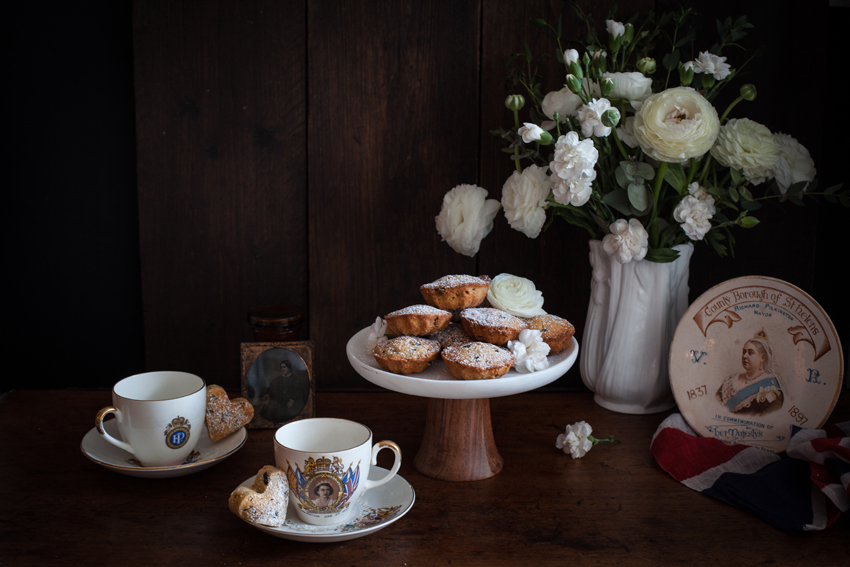
It is not a coincidence that I chose to write about Queen cakes today. If you’ve read the papers and watched the news, or if you are a royalist, then you know today the Queen of England celebrates her 90th birthday. This makes her the world’s oldest-reigning monarch and the longest reigning monarch in English history. Queen Victoria was the previous record holder with her 63 years and seven months. So Queenie has every reason to be smug and have a big party – which is a giant street picnic on the Mall (the strap of wide street in front of Buckingham palace) in june. Getting a ticket for it was near impossible to my regret, because this was a celebration I would have been happy to buy a new hat for, bunting I already have aplenty. So if you’re reading this Your Majesty… is there room for one more? I’ll throw in a book!
But let’s talk about these Queen cakes. They are little cakes, and they started popping up in English cookery books in the 18th century. When reading the several recipes from the 18th to the 20th century I have in original cookery books, they remind me of a little cake I grew up with in Belgium. However, the recipe was slightly different as the Belgian cakes were flavoured with a little vanilla or almond essence, while Queen cakes are flavoured with mace, orange flower water, rose water and lemon depending on the date of the recipe. The Belgian cakes also look more like Madeleines, but they both have currants in them and the use of vanilla or almond essence is of course a slightly more ‘modern’ way to flavour bakes.
As with many English dishes, the Queen cakes come with their own dedicated cake pans. These were produced in the 19th century and depictions of them can be found in at least two books that I know of, one I own. 18th century recipes remain silent about the tins they should be baked in, but it is very possible that the then fashionable mince pie tins would have been used, leaving them without a need to create new tins.
Buying dedicated cake tins was of course an investment, and if you weren’t going to bake Queen cakes every week, rather extravagant. Cookery book author Mrs Eliza Rundell (1806) suggests to use either little tins, patty pans, tea-cups or saucers to bake the batter in. She gives two similar recipes, one with rosewater and currants, another with grated lemon rind omitting the currants. She uses a pound each of butter, flour, sugar and currants to 4 modern eggs.
The earliest recipe appears to be that of Robert Smith (no not that fellar of The Cure) in 1724 in his ‘Court Cookery: or the Compleat English Cook’. He instructs to make his Queen’s Cakes with currants, washed, picked and rubbed clean, and flavourings which are a little Mace and orange flower water. He also uses a pound each of butter, flour, sugar and currants but about 5 modern eggs, omitting half the whites.
Take a Pound of dry’d Flower, a Pound of refin’d Sugar sifted, and a Pound of Currans wash’d, pick’d, and rubb’d clean, and a Pound of Butter wash’d very well, and rub it into the Flower and Sugar, with a little beaten Mace, and a little Orange-Flower Water; beat ten Eggs, but half the Whites, work it all well together with your Hands, and put in the Currans; sift over it double-refin’d Sugar, and put them immediately into a gentle Oven to bake.”
Court Cookery: or the Compleat English Cook, Robert Smith, 1724
Jumping to 1907 Frederick Vine gives an illustration (see book in picture above) of the Queen cake pans in his book ‘Saleable Shop Goods’. There are heart, clover, triangle, square, round and cutlet shapes. The recipe in this book uses a lot more flour (so less sugar) and only lemon essence, no currants in the batter, but he does instruct to sprinkle them on top of the cakes just before baking.
In the early 20th century recipes for Queen cakes aplenty with books often giving the option of 4 different recipes. Currants are back into the batter and several flavourings and toppings are suggested. It is quite possible that queen cakes were a term for all kinds of small cakes, much like fairy cakes or cupcakes. The recipe I’m giving you today are 18th century Queen cakes, recipe adapted (meaning recreated, I didn’t mess with it) from Robert Smith …
Some notes to the recipe
I find the cakes too sweet because they use an equal amount of sugar to butter and flour so I would definitely reduce this to 150 g. You can reduce the amount of currants to half, you will still have plenty of currants. Robert Smith suggests using your hands to mix everything, which I have done and worked much faster and better with the currants. Frederik Vine in his 19th century book tells us to use a palette knife to transfer the batter to the cake tins and I find that indeed using a small palette knife or blunt butter knife to do this works best. The original cake tins used for these looked a lot like cookie cutters with a base, but because the batter is so solid you can use cookie cutters placed on baking parchment (well buttered and dusted with flour of course) and fill these. In the past, cake tins or hoops didn’t always have a base. Finally, you could use self-raising flour if you want a lighter bake… this was done in the 19th century too.
What do you need – makes 20-22 cakes
- 250 g soft butter
- 250 g raw cane sugar
- 1/2 tsp ground mace (use mace blades bashed in a mortar, ready ground will give another result)
- 2 tsp orange flower water
- 250 g currants, soaked if you have the time
- 250 g flour
- 4 eggs, separated, of which one white discarded (nothing will go wrong if you leave it in)
Method
Prepare small cake tins, or cookie cutters about 5cm wide by generously buttering them and dusting them with flour.
Preheat your oven to 160°C
Cream butter and sugar as you would for regular pound cake. Now bash your mace blades in a mortar, I used two but any leftover can be kept in a jar for future use. Pour in the orange flower water and add the egg yolks one at a time.
Sift in the flour and mix well, the batter is quite dry for a cake batter so don’t be alarmed by this. When thoroughly combined, fold in the currants. I use my hands to combine the flour with the rest of the batter, you will soon see that this is indeed the best option and our 18th century writer is right (see note to the recipe above).
Whisk your egg whites until stiff, then fold into the batter with a spatula.
Use a palette knife to transfer batter to your cake tins, spreading it evenly.
Place in the middle of your preheated oven and bake for 30 minutes or untill golden brown. The cakes should have a dome from rising in the oven. When flat, they are tough.
Remove from the tins after 2 minutes and cool on a wire rack.
Finally, when cooled, dust with icing sugar and serve.
You Might also Enjoy
Francatelli’s Queen Victoria and Albert pudding >
The post Queen cakes – 18th century dainty bakes appeared first on Miss Foodwise.
]]>
